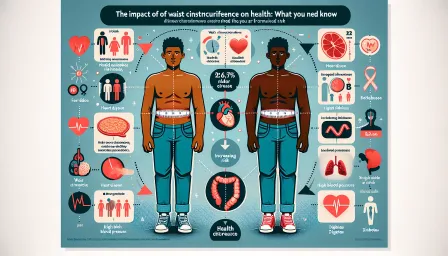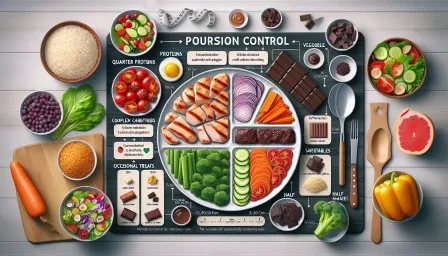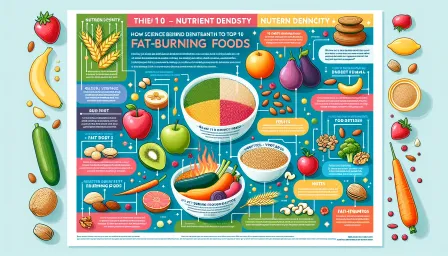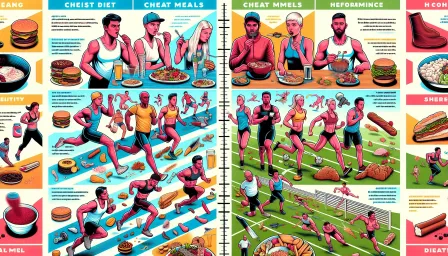Master Calorie Counting with Intermittent Fasting: Ultimate Guide
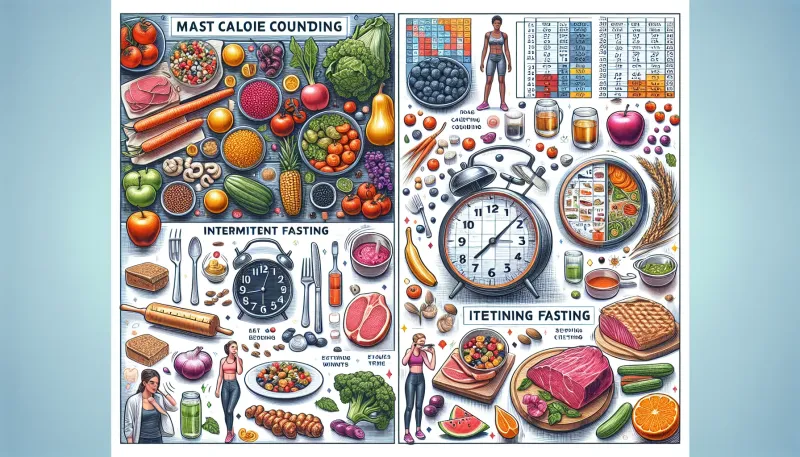
Discover the ultimate guide to mastering calorie counting with intermittent fasting. Learn effective strategies for weight loss, better health, and improved metabolism.
Introduction to Calorie Counting and Intermittent Fasting
Combining calorie counting with intermittent fasting is a powerful strategy for weight loss and overall health improvement. By understanding and leveraging the principles of these two methods, you can effectively manage your weight, enhance metabolic health, and enjoy a better quality of life.
In this ultimate guide, we will explore how to master calorie counting with intermittent fasting. We will delve into the benefits, methods, and tips to ensure success on your journey toward a healthier lifestyle.
What is Calorie Counting?
Calorie counting is a method used to track the number of calories consumed in a day. This helps individuals manage their food intake, ensuring they do not exceed their daily calorie needs, which can lead to weight gain. By maintaining a calorie deficit, you can lose weight over time.
Benefits of Calorie Counting
- Promotes weight loss by ensuring a calorie deficit.
- Improves awareness of eating habits and portion sizes.
- Helps in making healthier food choices.
- Supports long-term weight management.
Understanding Intermittent Fasting
Intermittent fasting (IF) is an eating pattern that alternates between periods of eating and fasting. This method does not prescribe specific foods but rather focuses on when to eat them. Common intermittent fasting methods include the 16/8 method, the 5:2 method, and alternate-day fasting.
Benefits of Intermittent Fasting
- Promotes weight loss and fat loss.
- Improves metabolic health and insulin sensitivity.
- Supports cellular repair processes like autophagy.
- May enhance brain health and longevity.
Combining Calorie Counting with Intermittent Fasting
Combining these two strategies can amplify their individual benefits, leading to better weight management, improved metabolism, and optimal health. Here’s how you can effectively incorporate calorie counting with intermittent fasting.
Steps to Implement This Combination
- Select an Intermittent Fasting Method: Choose an intermittent fasting schedule that fits your lifestyle. Popular options include the 16/8 method (16 hours fast, 8 hours eating), 5:2 method (eat normally for 5 days, reduce calorie intake for 2 days), or alternate-day fasting.
- Determine Your Calorie Needs: Use a calorie calculator to estimate your daily calorie needs based on your age, weight, height, and activity level.
- Track Your Food Intake: Use a food diary or a mobile app to log the foods you eat and their calorie content. This helps you stay within your daily calorie limits.
- Plan Your Meals: Organize your eating window to include balanced meals that cover all essential nutrients. Focus on whole foods, lean proteins, healthy fats, and fiber-rich vegetables.
- Stay Hydrated: Drink plenty of water during your fasting and eating periods to stay hydrated and support your body’s functions.
- Monitor Your Progress: Regularly check your weight, body measurements, and overall health. Adjust your calorie intake and fasting schedule as needed.
Tips for Success
Here are some essential tips to help you succeed with calorie counting and intermittent fasting:
Stay Consistent
Consistency is key to any weight management strategy. Stick to your intermittent fasting schedule and calorie counting routine to achieve the best results.
Avoid Overeating During Eating Windows
It's crucial to avoid overeating during your eating windows. Maintain portion control and focus on nutrient-dense foods to prevent calorie excess.
Listen to Your Body
Pay attention to your body’s signals. If you feel weak or unwell, adjust your fasting schedule and calorie intake accordingly.
Get Adequate Sleep
Ensure you get enough sleep each night. Good sleep supports metabolic health and aids in weight management.
Incorporate Physical Activity
Engage in regular physical activity. Exercise complements calorie counting and intermittent fasting by boosting metabolism and promoting fat loss.
Common Mistakes to Avoid
When combining calorie counting with intermittent fasting, be cautious of these common mistakes:
Skipping Meals During Eating Windows
Skipping meals can lead to nutrient deficiencies and make it challenging to stay within your calorie goals. Ensure you eat balanced meals during your eating windows.
Overestimating Caloric Needs
Overestimating your daily calorie needs can result in eating more than necessary. Use accurate tools and regularly update your calorie requirements.
Neglecting Nutrient Quality
Focusing only on calorie intake without considering nutrient quality can impact your health. Prioritize whole foods and avoid processed, calorie-dense snacks.
Conclusion
Calorie counting with intermittent fasting can be an effective approach to achieving your weight loss goals and enhancing overall health. By understanding and implementing the principles outlined in this guide, you can master this combination and reap the numerous benefits it offers. Remember to stay consistent, plan your meals, and listen to your body as you embark on this journey toward a healthier lifestyle.





